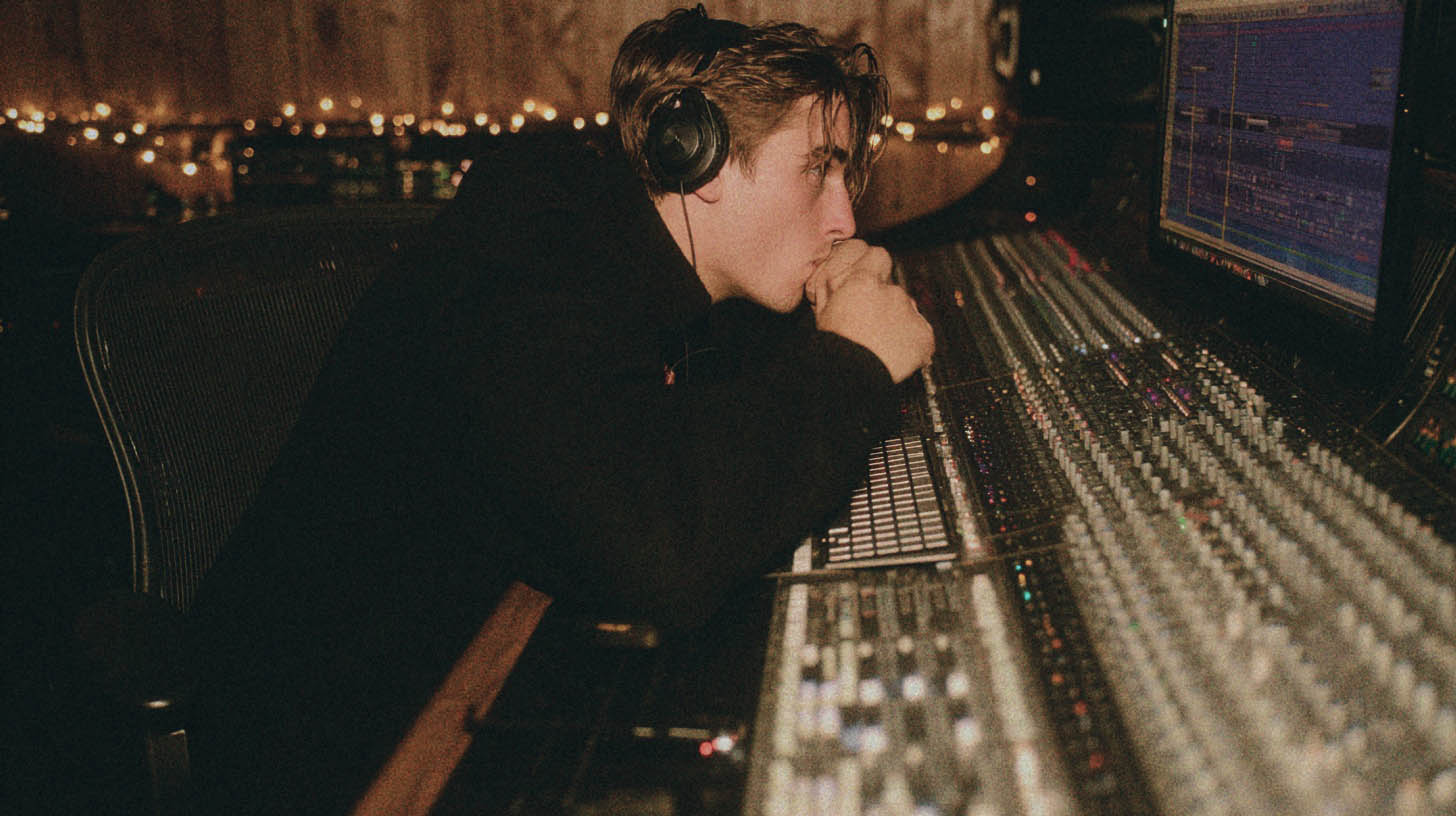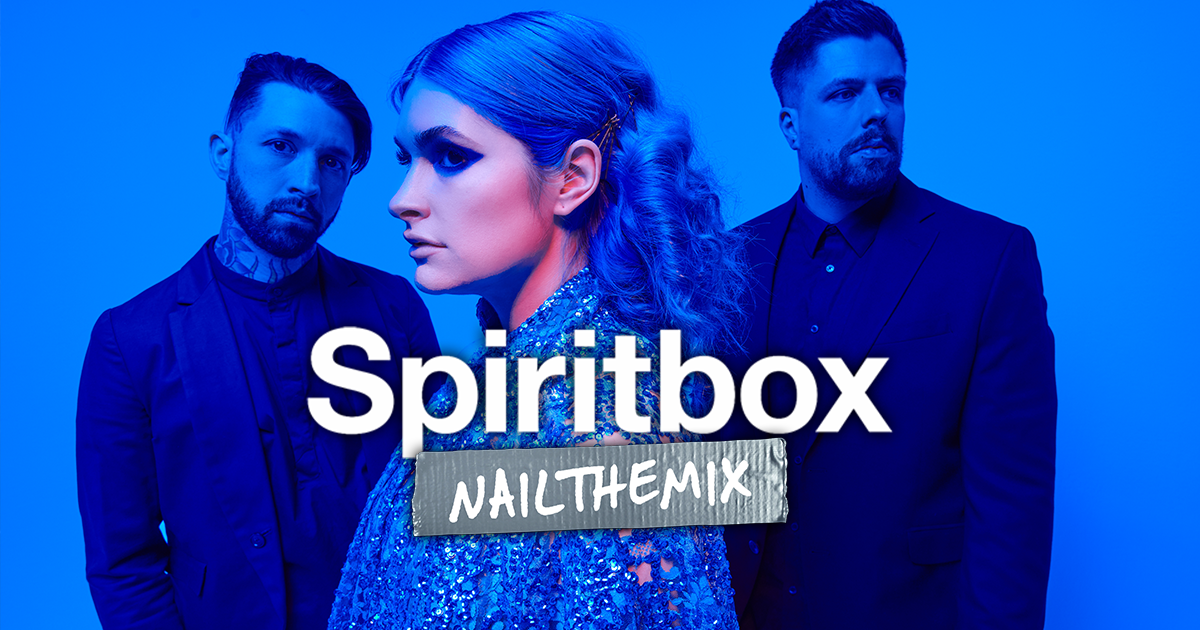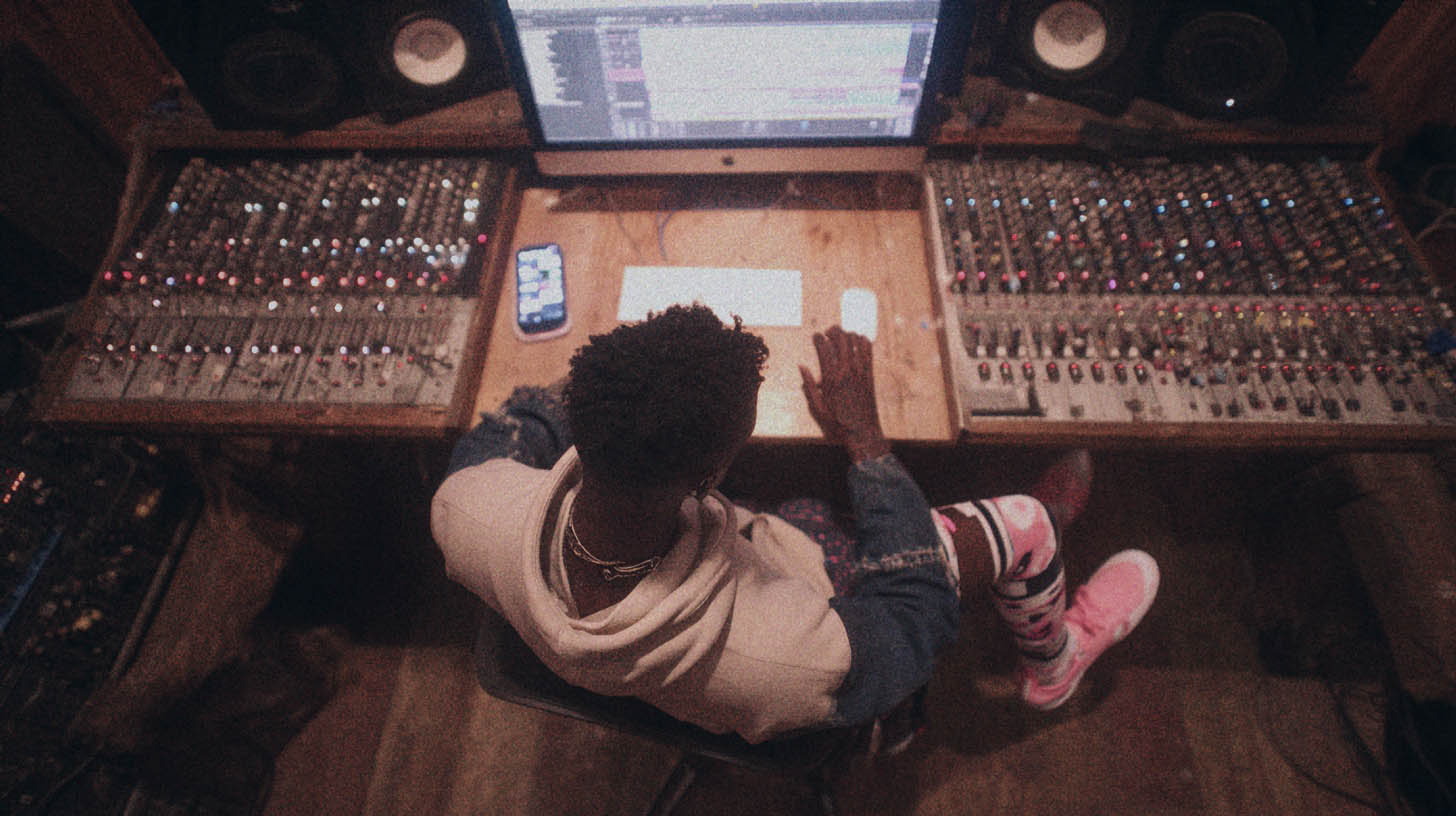
Is Waves Vocal Rider Cheating? A Metal Mixer’s Guide
Nail The Mix Staff
Modern metal vocals are a beast. They have to be aggressive enough to slice through a dense wall of down-tuned guitars, yet clear and dynamic enough to convey emotion. Getting that balance right is one of the toughest mixing challenges out there. The classic solution? Hours spent meticulously drawing in volume automation, fader-riding every single word and syllable until it sits perfectly.
It’s tedious, time-consuming work. And that’s exactly where a tool like Waves Vocal Rider comes in.
It promises to do all that heavy lifting for you, automatically. But that raises the big question we see all the time: Is using Vocal Rider just a shortcut? Is it cheating? Or is it a legit, time-saving tool that lets you focus on what really matters?
Let’s dig in and figure out how to use this thing to get killer metal vocals, and settle the debate once and for all.
What Vocal Rider Actually Is (And Isn't)
First things first: Vocal Rider is NOT a compressor. This is a common mistake. A compressor reacts to a signal crossing a threshold and squashes its dynamic range. Vocal Rider doesn't compress anything.
Instead, think of it as a tiny, insanely fast robot assistant whose only job is to ride your vocal fader for you.
It analyzes the incoming vocal level and compares it to a "Target" level that you set. If the vocal is too quiet, it pushes the fader up. If it's too loud, it pulls it down. The goal is to create a much more consistent performance before it ever hits your main processing chain. It’s a tool built for one very specific job.
How to Set Up Vocal Rider for Aggressive Vocals
Just slapping Vocal Rider on a track and hoping for the best won't get you a pro-sounding result. Like any tool, the magic is in how you use it. Here’s a battle-tested workflow for metal and rock.
Step 1: Place It First in Your Chain
This is crucial. You want to insert Vocal Rider as the very first plugin on your lead vocal track. Maybe after a bit of cleanup EQ to handle things like sibilance or a gate, but definitely before your main compressors.
Why? You want to feed your compressors a super-consistent signal. If a vocal has wild volume swings, your compressor will be working overtime—sometimes smashing the signal, other times not engaging at all. By leveling the vocal with Vocal Rider first, you allow your compressor (like an 1176 or Distressor) to work more predictably and musically. This is a foundational step for nailing powerful vocal sounds. For more on this, you can dive deep into our guide on metal compression secrets.
Step 2: The Pro Move: Use the Sidechain Input
This is the feature that separates the amateurs from the pros. Vocal Rider has a sidechain input that lets it listen to another signal for context. Instead of just making the vocal consistent with itself, you can make it consistent with the entire mix.
Here’s how to set it up:
- Create a Bus: Create a new stereo bus/aux track in your DAW. Let's call it "Music Bus" or "VR Sidechain."
- Route Your Instruments: Send everything except your lead vocal to this bus. That means all your guitars, bass, drums, synths—the whole instrumental.
- Feed the Sidechain: On your Vocal Rider plugin, set its sidechain input to receive the signal from that "Music Bus."
Now, Vocal Rider isn't just listening to the vocal. It’s listening to the instrumental track, too. When the guitars get louder in the chorus, it will intelligently push the vocal up to stay on top. When the mix thins out in a verse, it will relax the vocal level so it doesn’t sound unnaturally loud. It’s mixing in real-time, relative to the track's energy.
Step 3: Dial In Your Target and Range
Now for the main controls:
- Target: This is the ideal average level you want your vocal to sit at. Play the loudest, most dense part of your song (probably the chorus) and adjust the Target slider until the little fader icon on the plugin hovers around the "0" mark.
- Range: This setting is critical for metal. It determines how much Vocal Rider is allowed to boost or cut the volume. For an aggressive, in-your-face vocal, you don’t want a massive range. A setting between +/- 4dB and +/- 6dB is a great starting point. It keeps the vocal locked in place without completely killing all its natural dynamics.
Step 4: Don't "Set and Forget"—Print the Automation!
This is the most important step. Don’t just leave Vocal Rider running live on your track. Use it to write the automation for you, then disable the plugin.
Every DAW is slightly different, but the process is basically:
- Set your vocal track’s automation mode to "Write" or "Touch."
- Engage the "Write" button on the Vocal Rider plugin itself.
- Play the song from start to finish. You’ll see the fader in your DAW moving like crazy.
- Once done, set the automation mode back to "Read" and deactivate the Vocal Rider plugin.
Why do this? Two reasons. First, you now have a visual representation of all the volume changes. You can go in and manually fine-tune it. Did the plugin miss a word? Boost it. Did it make a breath too loud? Pull it down. You get the time-saving benefit of the plugin, plus the detailed control of a human mixer.
Second, you save CPU and avoid any potential latency issues. Once the automation is printed, the plugin has done its job and you can get it out of the way.
So, Is It Cheating? The Plugin vs. Skill Debate
Alright, let's settle this. Is using Vocal Rider cheating?
Absolutely not. It’s just being efficient.
Nobody would say that using a drum trigger like Slate Trigger is "cheating." It’s a tool for a specific job: replacing or augmenting drum sounds. Nobody says using an amp sim like a Fortin Nameless Suite or an Archetype: Gojira is "cheating." It’s a tool for getting a specific guitar tone.
Vocal Rider is the exact same thing. Its job is to do the initial, tedious 80% of volume automation. This frees up your time and mental energy to focus on the creative decisions that actually matter—the final 20% where the real magic happens.
Your skill as a mixer isn't measured by how many hours you spend manually drawing automation curves. It’s measured by your final product. If a tool gets you 80% of the way there in 5 minutes, allowing you to spend the next hour perfecting the tone, dynamics, and effects, you're not cheating; you're working smarter. The best producers in the world are masters of efficiency.
Once the level is consistent, you still have to make it sound good. You still need to apply surgical EQ strategies for mixing modern metal to carve out space and add bite. You still need to dial in compression to shape the transients and add attitude. Vocal Rider can’t do any of that for you. That’s all on you.
Your Mix, Your Rules
Ultimately, the philosophy is simple: use whatever tool allows you to do your best work. If Vocal Rider's workflow clicks with you, great. If you prefer another tool like Melda's MAutoVolume, or even your DAW's stock tools, that’s great too.
People get way too hung up on specific plugins, thinking the gear is the secret. But the truth is, your skills and your taste matter infinitely more. You could give 100 producers the exact same set of plugins, and you’d get 100 completely different mixes.
Don’t fall for “Plugin Acquisition Syndrome.” Focus on mastering the tools you have. Vocal Rider is a fantastic utility for a very common problem, but it’s just one step in a long chain.
If you want to see exactly how pro mixers take a raw performance and guide it through that entire chain—from initial gain riding and cleanup to compression, EQ, and final effects—that’s what we do at Nail The Mix. You get to watch the world's best producers mix real songs from bands like Gojira, Lamb of God, and Knocked Loose, explaining every single decision along the way.
You can unlock your sound and learn the techniques that go way beyond presets and start making real, tangible progress on your own mixes.
Get a new set of multi-tracks every month from a world-class artist, a livestream with the producer who mixed it, 100+ tutorials, our exclusive plugins and more
Get Started for $1






